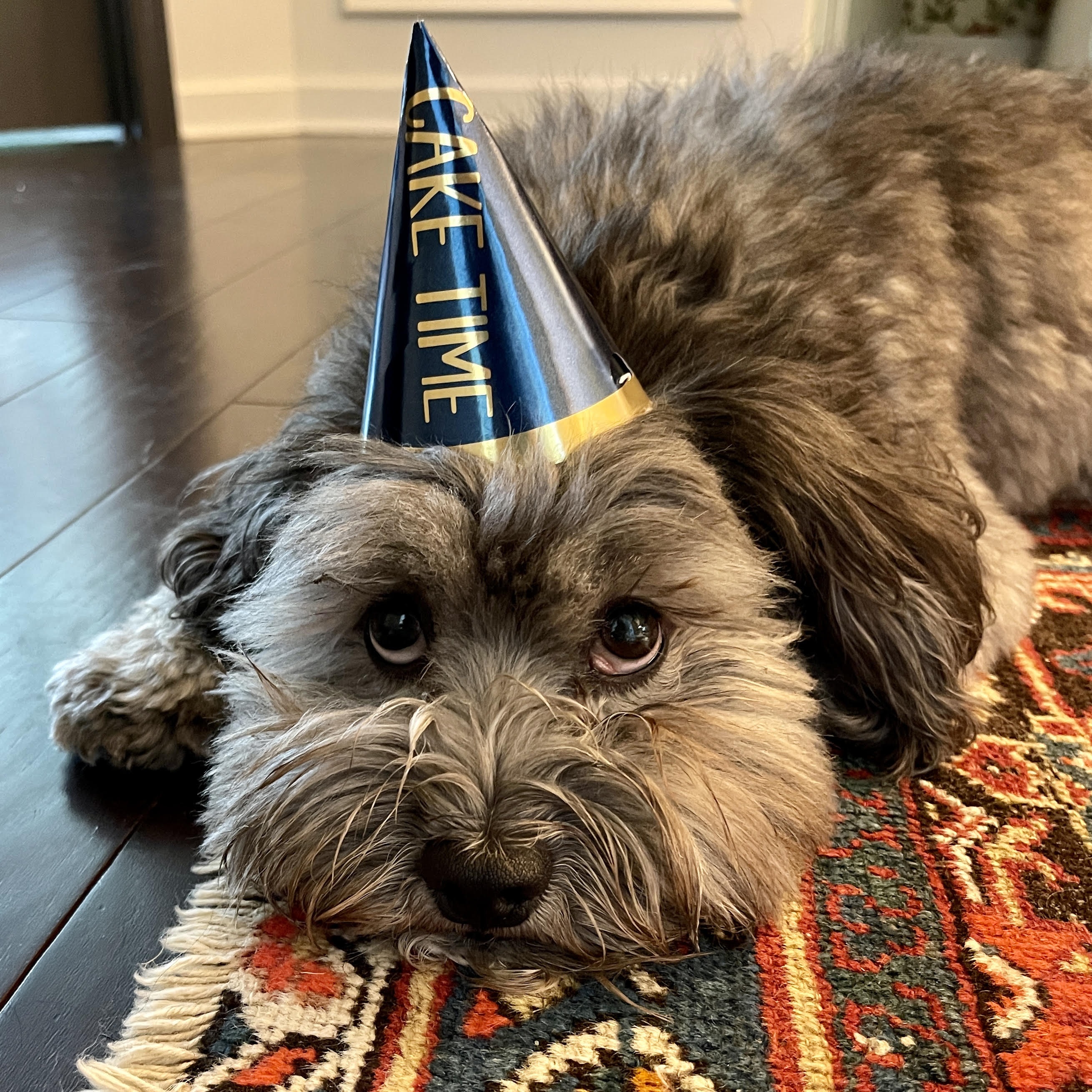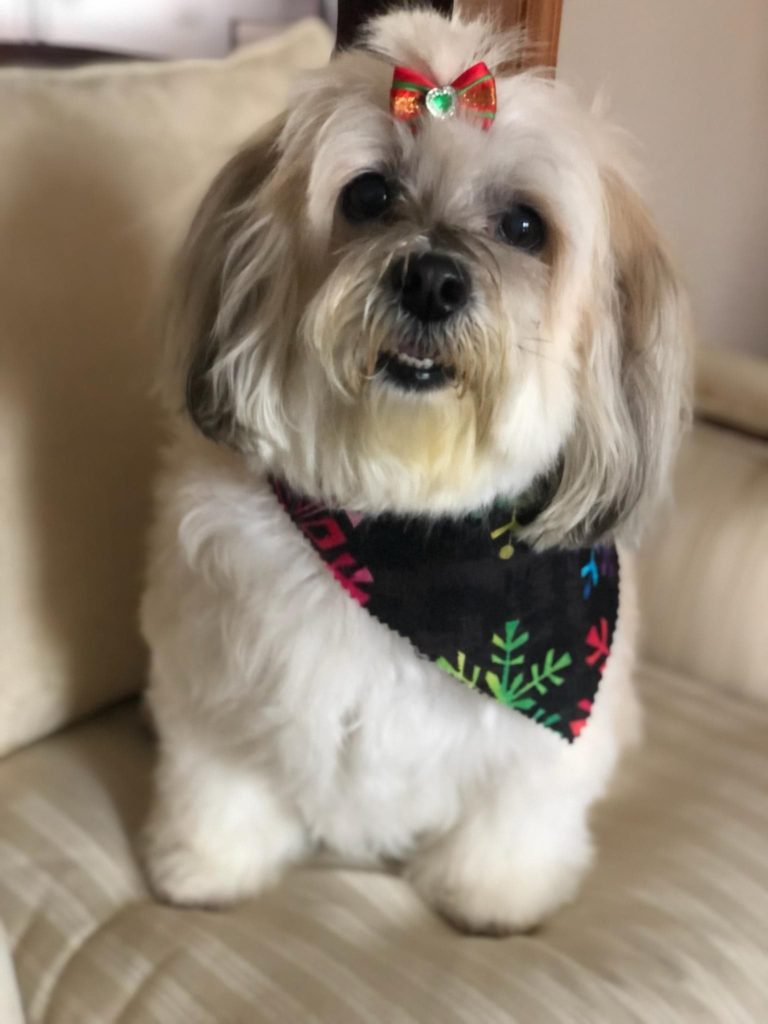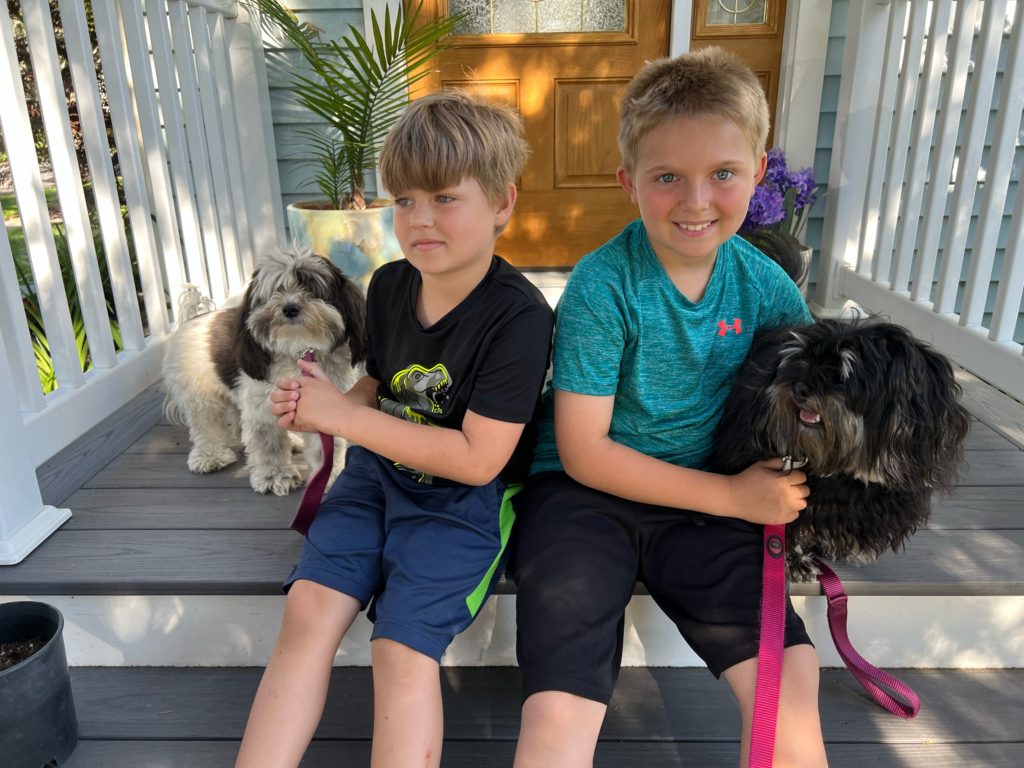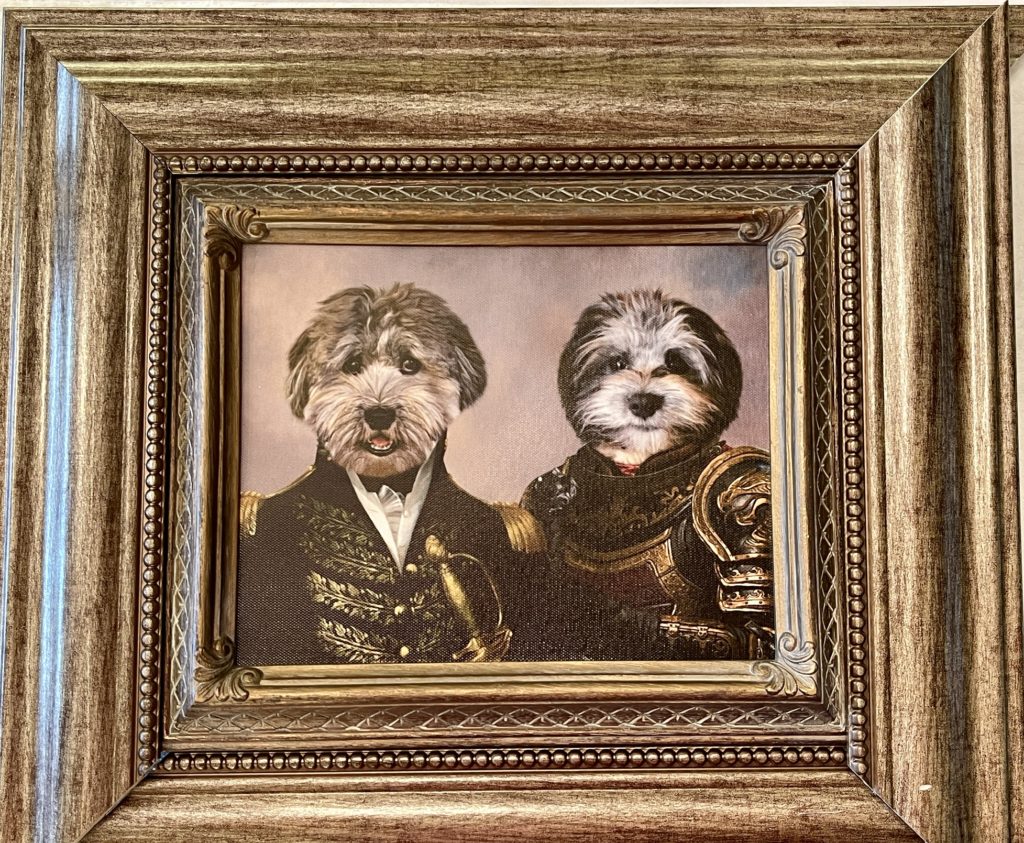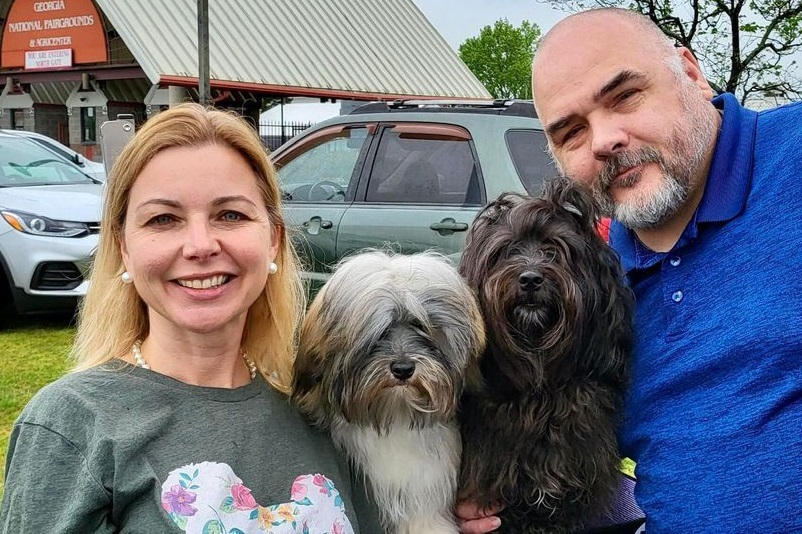Puppy Potty Training
You should start training and disciplining your puppy right from the start. A couple of things that puppies do by nature are bite, chew, pee, poop, sleep and eat. One thing you do NOT want to do is break your puppy’s trust when training them where to do these things. The first person he/she sees many times is the person they bond with. Puppies love, accept and trust you to take good care of them. When puppy does something wrong, if you yell, scream, flail your arms in the air or throw things at them as you call their name, you are actually defeating your goal. Puppy is now starting to fear coming to you. You need to use a low tone firm assertive, “No!” and lots of happy sound praises to differentiate between the things you want him/her to do and not to do.
When you get your new puppy, we will have already started working on the potty thing with reusable pee pee pads. Some litters will have been litter box trained, others might go in and out of the doggie door or go outside when it is good weather. I always ask about every 2-3 hours, “Who needs to go pee-pee?” then we all go out to the backyard. When each puppy does its business, they get a happy sound or a clap with a “good girl” or “good boy.” Once returning inside, if they successfully eliminated, they get a small treat that rewards their behavior. While they are young, it might be necessary to take the treats out in your pocket for immediate reward so they can associate the act of their business and the treat. Consistency and repetition makes the biggest difference. Figure out what you expect of your puppy and stick with it. You can start to form a routine by taking puppy out as soon as he wakes up, before and after meals, after a round of play and at least once during the night if they are young. Some puppies will be able to sleep through the night, others will need to go half way through the night. Try to always take him/her to the same spot and use the same cue phrase or word (pee-pee, potty, tinkle, etc.).
Some methods I have used are the disposable diapers, pee-pee pads (paper or cloth) exercise pens, litter box, a cardboard box, and for apartment dwellers, dog grass potty tray. All have been fairly successful. Your puppy will have already had some pee-pee pad experience training. As for the diapers, it’s just that. Place the diaper on the little puppy. When you are ready to go out, remove the diaper and use your key words in your favorite spot. Upon returning indoors, place the diaper back on the puppy. There are some diapers that have removable liners, others are completely disposable. Unfortunately, there are a couple drawbacks using them. First, it can confuse a young puppy and secondly, if left on puppy wet, it can cause a urinary tract infection or skin rash. New families might also read AKC’s “Ins and Outs of Potty Pad Training“.
For those families that do not have a fenced in backyard, I recommend having some kind of temporary exercise pen set up to where you can take puppy out immediately in the mornings, set puppy in and stand waiting for a completed job. Remember when teaching puppy what outdoors is for, do not go outside and pick up a toy or start to play. Puppy needs to learn that when they go outside, it is time for their business to be done. I usually set my puppies down, look away, using a birds-eye side view to watch them as they are pottying, and then once I see they did their business, I praise puppy and THEN play outside. If they get the idea that they are suppose to play when they go out, this could be very frustrating. You could be there for hours trying to get puppy to potty and then just as soon as you bring them back in the house, they will have an accident. Consistency and repetition is key to your success. For suggestions on scheduling your puppy’s potty time, see AKC’s “Puppy Potty Training Timeline and Tips“.
Not every dog communicates to their owners in the same manner. Some may grunt, bark, twirl, stare deeply into your eyes, some paw at your leg, some bounce up and down like a ball…. part of successful potty training is helping establish a method for your dog to communicate with you, recognizing your dog’s communication sign, and acting on it quickly and appropriately. If you are teaching your puppy to use a bell to communicate their need to potty, you will need to hang a string of bells at the door where you expect puppy to go out to potty. Each time you take puppy out to potty, you will need to ring the bells. At some point, puppy will realize that the bell is rung right before potty time and start to ring it themselves. After a period of time with puppy ringing the bell to communicate, you can take up the pee pee pads, allowing puppy to communicate his/her need to go outside. When this happens, you have mission accomplished. Oh happy day. It is called house trained.
If you want to continue to allow puppy to potty indoors, there are some fancy litter box containers, or pad holders on the market. If you are wanting to switch to a litter box, eventually change the pads or paper to the pellets keeping the box in a consistent place. Remember, when accidents occur, and they will, never be harsh or hit puppy just say, “no, no,” jingle the bell and take puppy to the potty zone. And always, always, always, praise puppy when he does it right.

